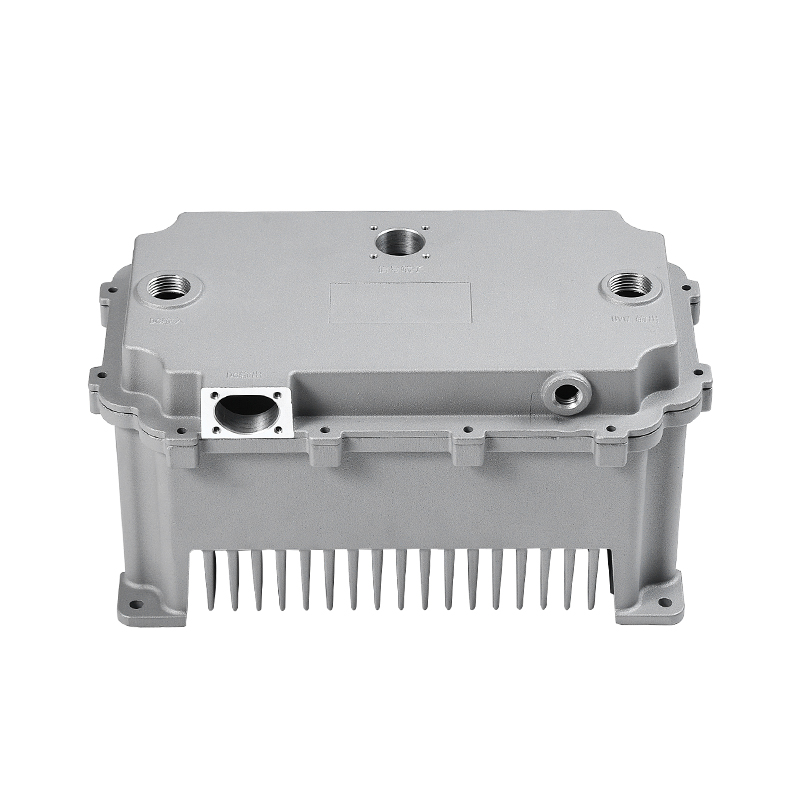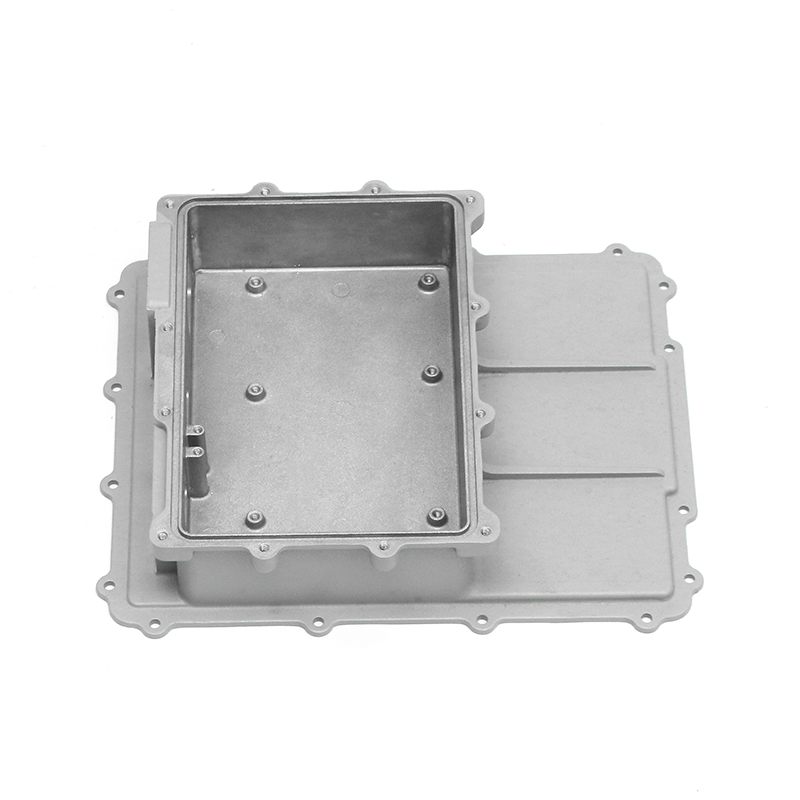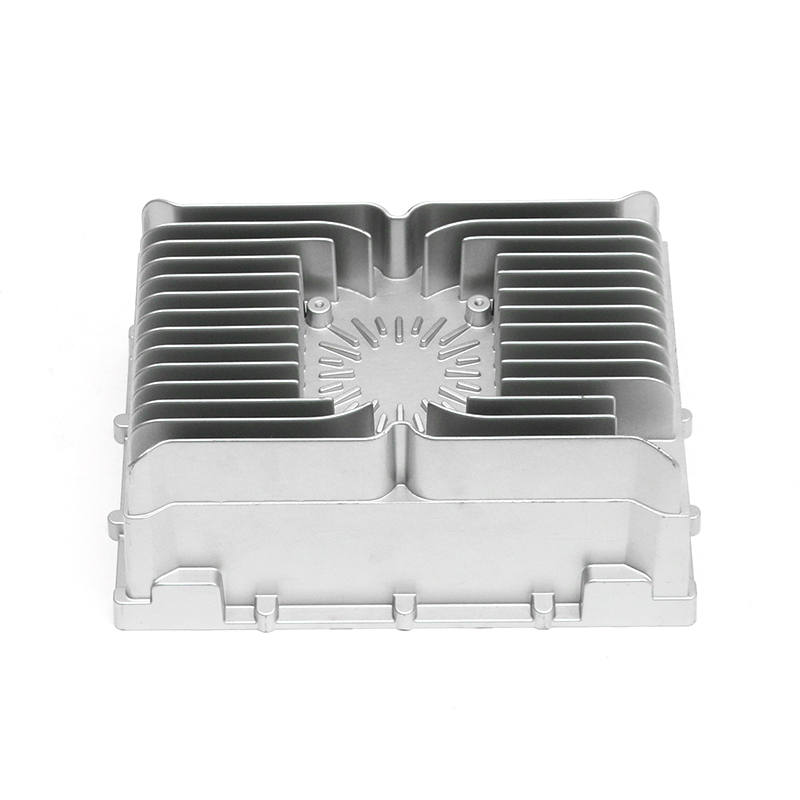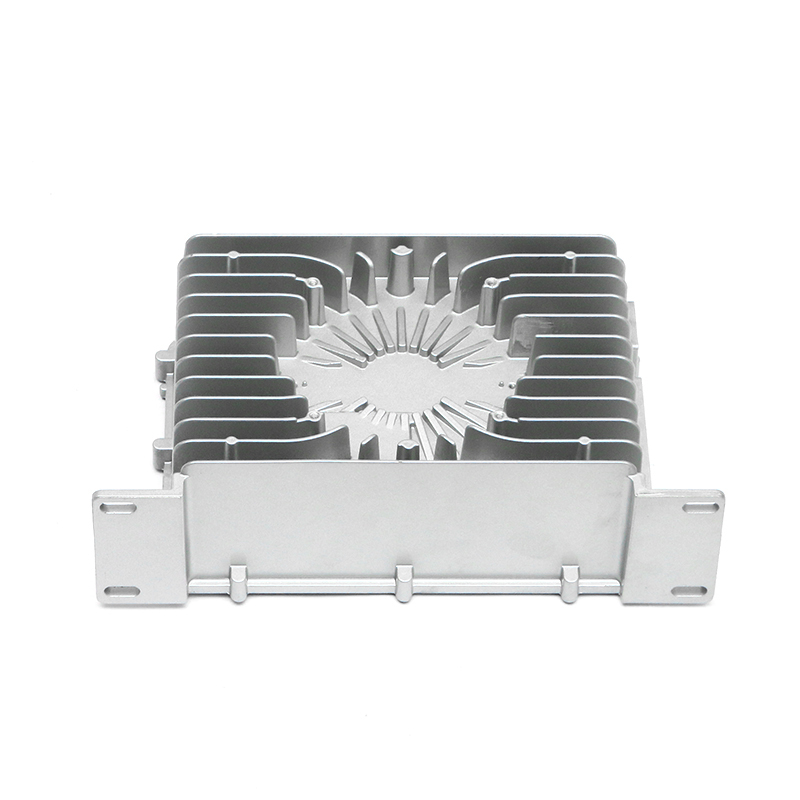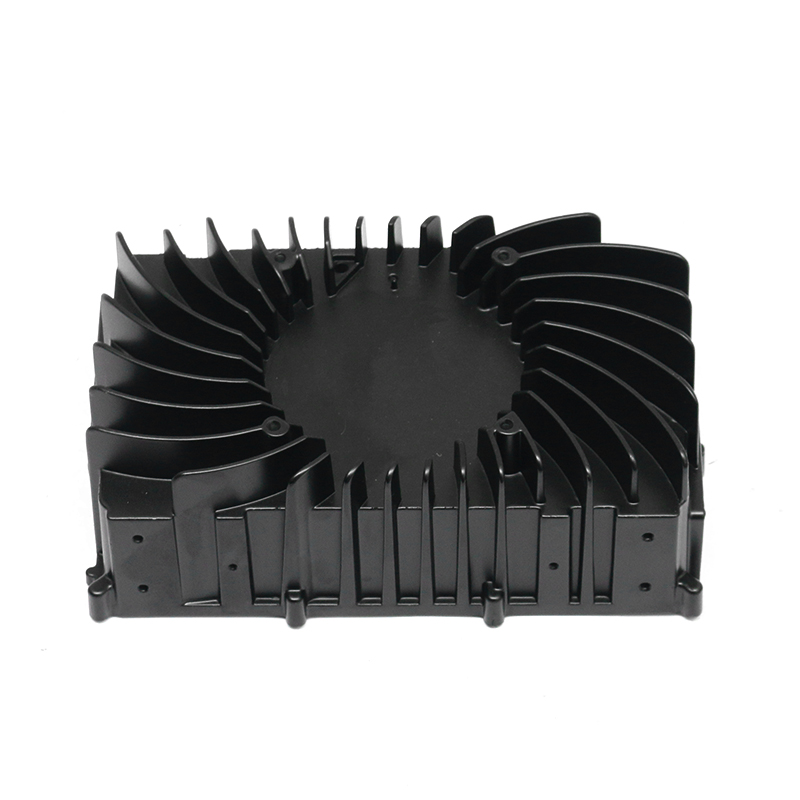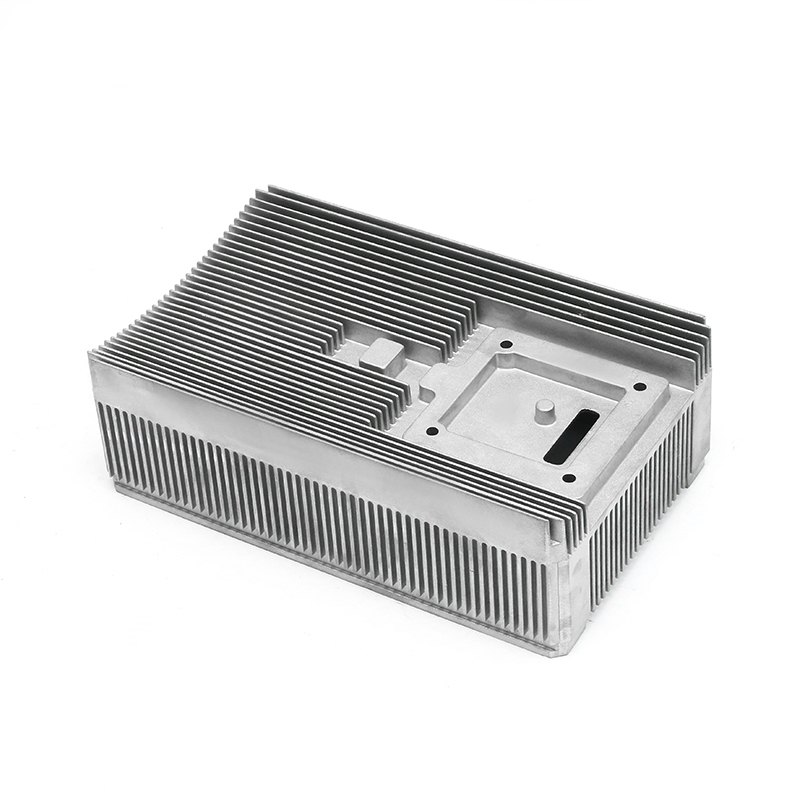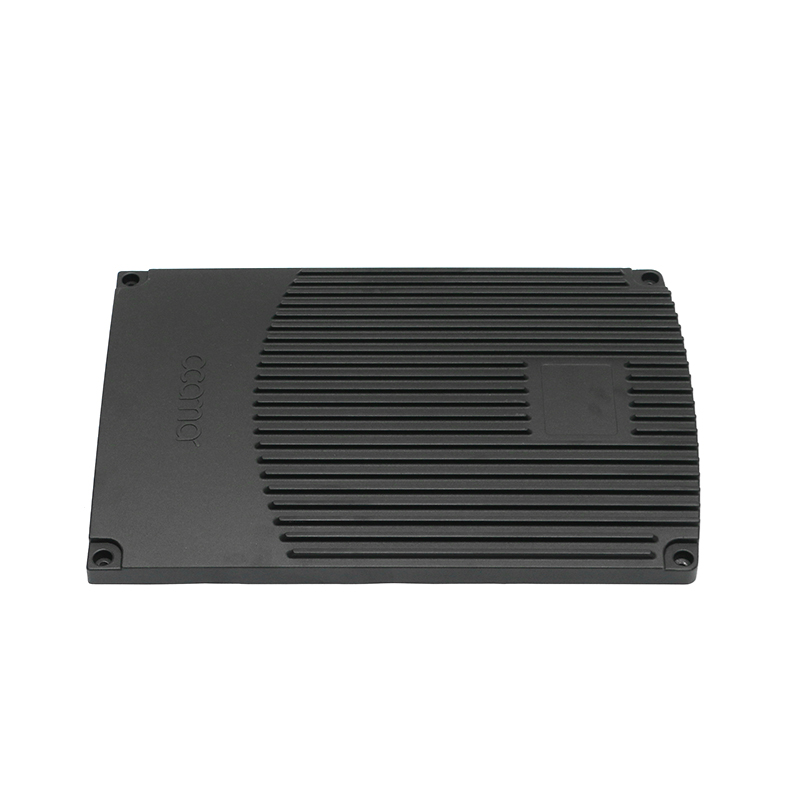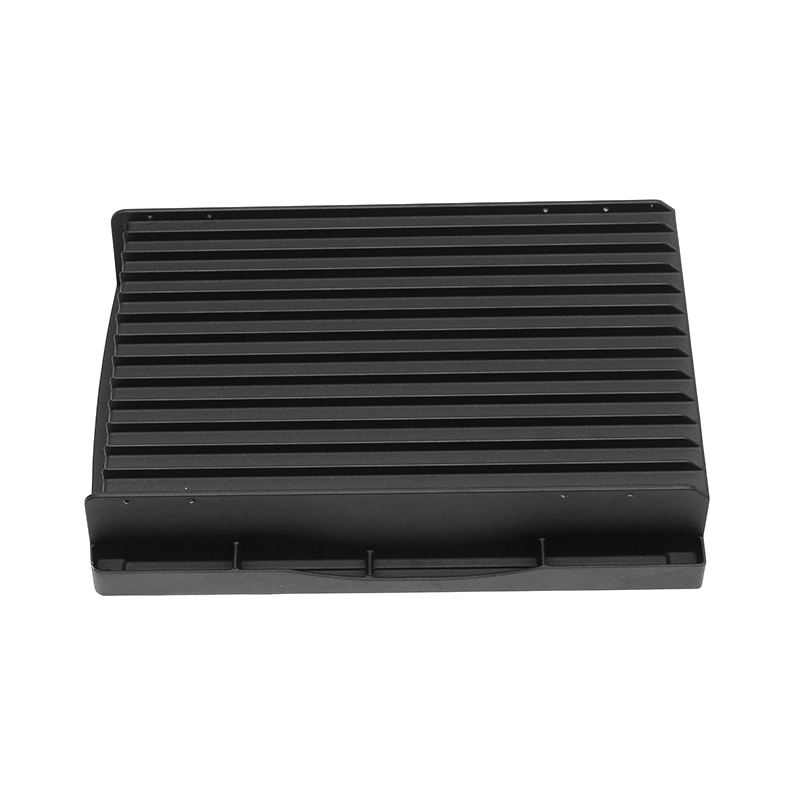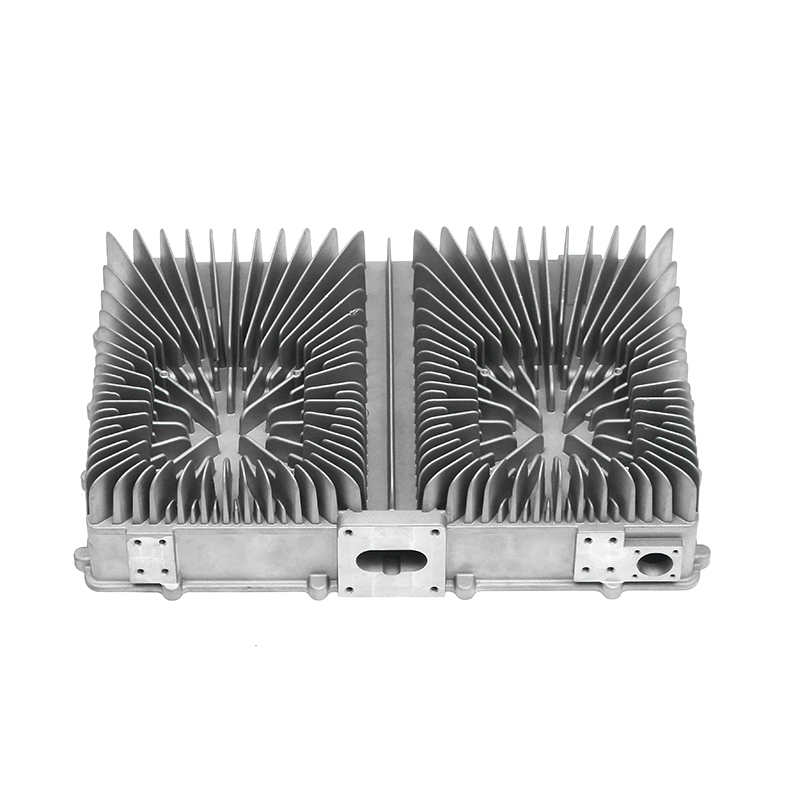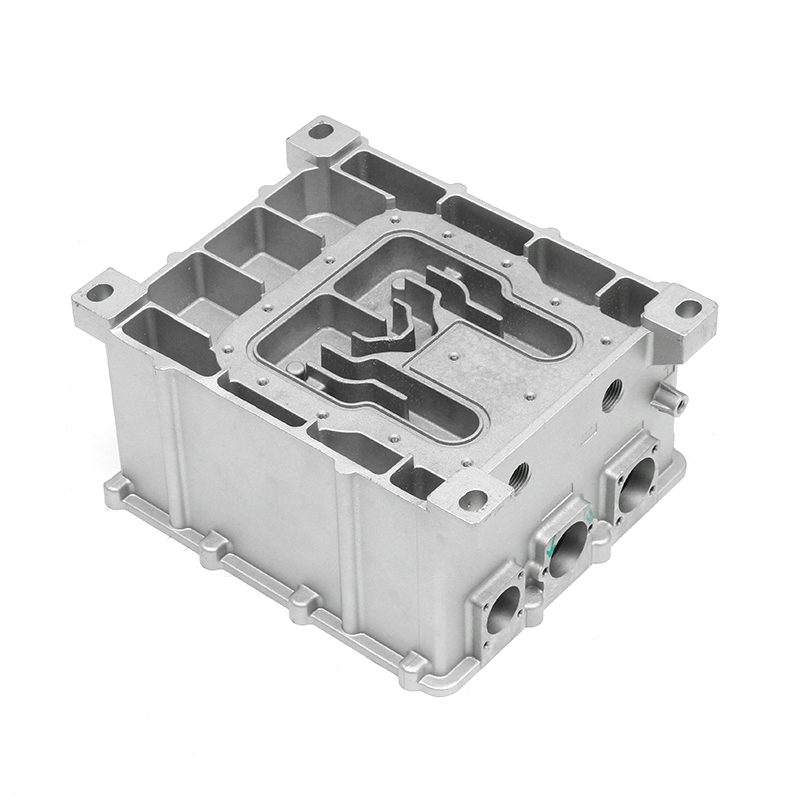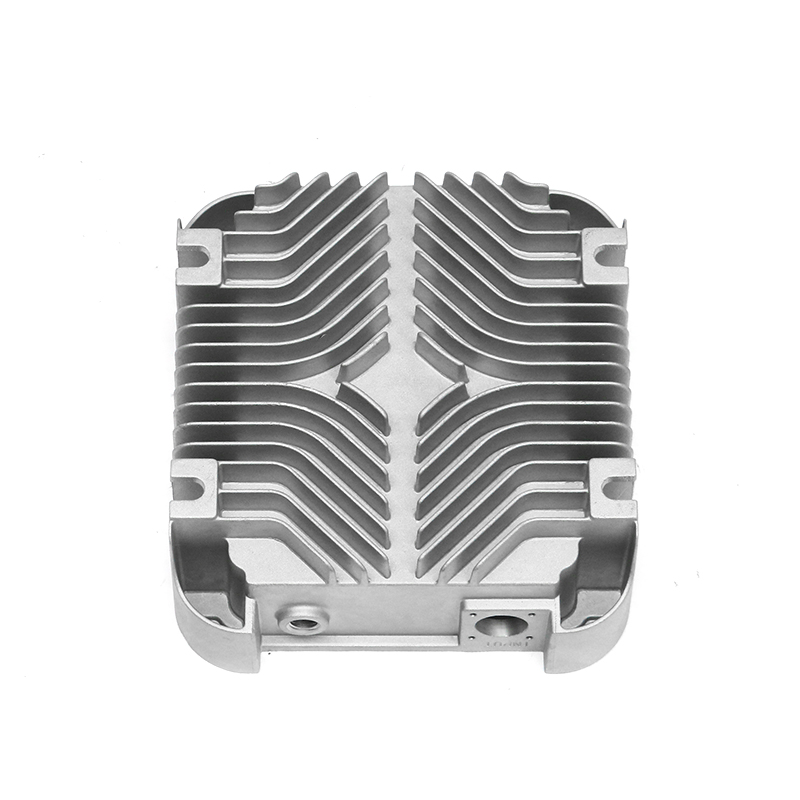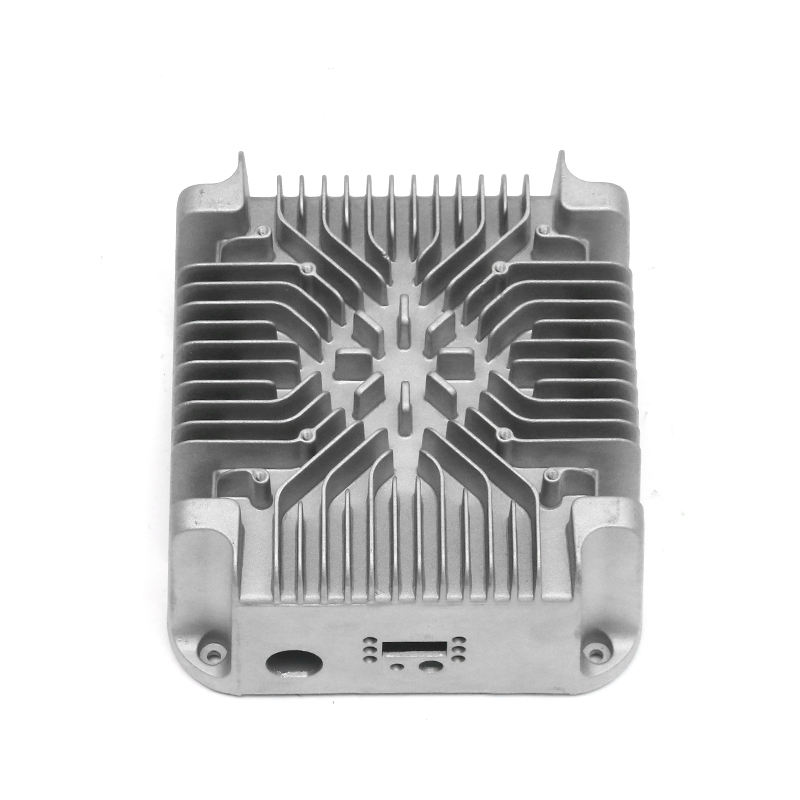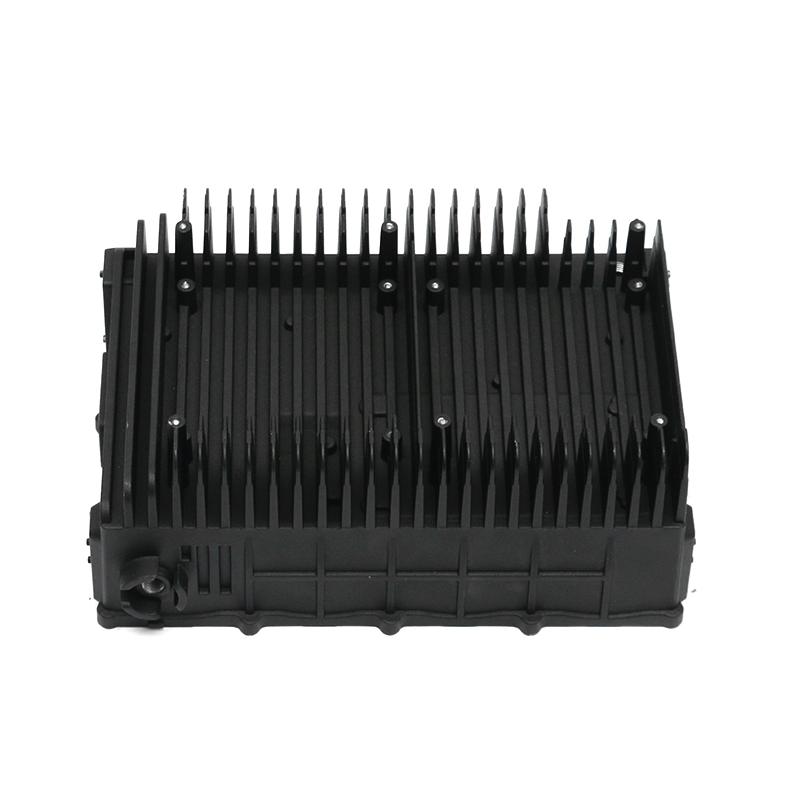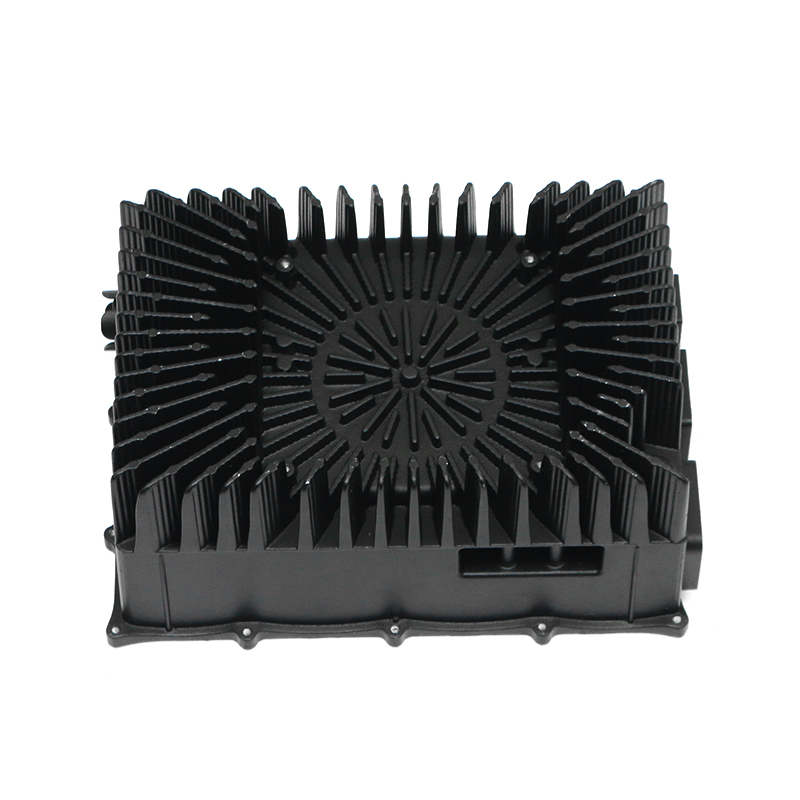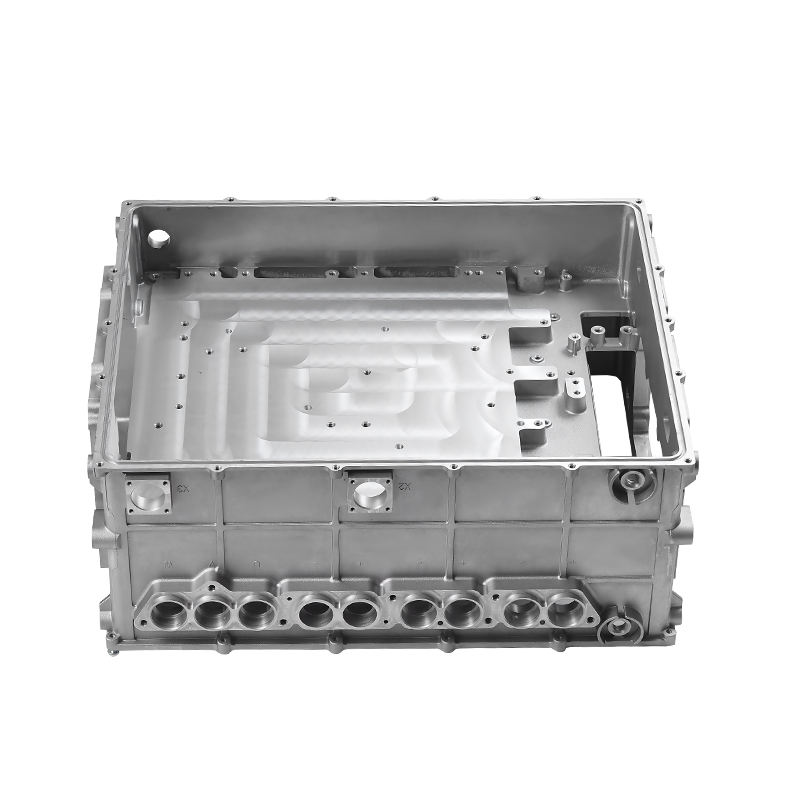As an important component in the engine system, the main function of the vehicle filter holder is to support and fix the filter element to ensure that the filter element maintains a stable position and reliable working state during the operation of the engine. Although the filter holder is not large in size, its structural design and weight have an important impact on the performance of the entire vehicle. In recent years, with the increasingly stringent global requirements for fuel efficiency and environmental protection, the lightweight design of vehicle filter holders has become an inevitable trend.
The core purpose of lightweight design is:
Improve fuel efficiency: The lightweight filter holder can reduce the total mass of the vehicle, reduce the burden on the engine, and thus improve fuel economy and reduce carbon dioxide emissions.
Optimize vehicle dynamic performance: Reducing the weight of the vehicle body can improve acceleration, braking performance and handling stability, especially when accelerating, braking and driving at high speeds, lightweight design can significantly improve the vehicle's handling.
Reduce vehicle vibration: Reducing the weight of the filter holder can reduce the transmission of engine vibration, reduce the impact on other parts of the vehicle, and improve driving comfort.
The lightweight design of the filter holder is not simply achieved by reducing the amount of material used, but requires a series of optimization design methods to ensure that the strength, rigidity and stability of the holder are not affected. The following are some common lightweight design technologies:
(1) Material selection optimization
Material is a key factor affecting the lightweight of filter element brackets. Traditional filter element brackets often use high-density metal materials such as steel or cast iron. Although these materials have high strength and durability, their high density causes the filter element bracket to be heavy. With the development of lightweight and high-strength materials, the design of modern filter element brackets has gradually tended to use the following materials to achieve the goal of lightweighting:
Aluminum alloy: Aluminum alloy has high strength and low density, is about one-third lighter than steel, and has good corrosion resistance, and is suitable for use in high temperature and high load environments. Aluminum alloy can not only effectively reduce the weight of the filter element bracket, but also ensure its long-term stability in the high temperature and vibration environment of the engine. Due to the good processing performance of aluminum alloy, it is often used in the large-scale production of filter element brackets.
Magnesium alloy: Magnesium alloy has a lower density than aluminum alloy and is one of the lightest structural materials known to date. Although magnesium alloy is not as strong as aluminum alloy, it can effectively reduce the weight of filter element bracket in some designs that do not bear excessive loads, and its high temperature resistance and corrosion resistance have been gradually improved, and it has gradually been used in the automotive industry.
Composite materials: Plastics and carbon fiber composite materials are also important materials for lightweight design. High-strength plastics and composite materials are lighter than metal materials and can provide good corrosion resistance and fatigue resistance. Especially in application scenarios with low strength requirements, composite materials can effectively reduce the weight of filter element bracket.
High-strength plastics: such as reinforced nylon, polyester, etc., have good strength and toughness, and can effectively meet the design requirements of filter element bracket. With the advancement of manufacturing technology, the performance of modern high-strength plastics is getting closer and closer to metals, and can provide higher processing flexibility and lower production costs.
(2) Structural optimization design
In addition to the selection of materials, the structural design of the filter element bracket is also the key to achieving lightweight. By optimizing the structural design, unnecessary material use can be reduced while maintaining the strength and rigidity of the bracket. Common structural optimization methods include:
Hollow structure design: Hollow structure is a common method of lightweight design. By designing a cavity inside the filter element bracket, not only can the use of materials be reduced, but also the overall weight can be reduced. The hollow structure can effectively reduce the weight of the bracket without sacrificing its strength and rigidity, and is suitable for the design of filter element brackets that require higher load-bearing capacity. The hollow design usually undergoes precise mechanical analysis to ensure that the strength of the bracket will not be greatly affected while reducing weight.
Rib design: The design of the ribs or ribs can effectively enhance the rigidity and strength of the filter element bracket and prevent the bracket from deforming under high load and vibration. The rib design usually adopts a reasonable geometric shape to concentrate the material in the area that needs to withstand greater stress, thereby reducing the use of materials while ensuring the strength of the bracket.
Grid structure design: The grid structure is used to divide the structure of the bracket into multiple small units. By reasonably designing the shape and thickness of each small unit, the distribution of materials can be optimized to achieve the purpose of weight reduction. This structural design is usually combined with modern engineering technologies such as finite element analysis (FEA) to ensure that the use of materials in each unit is optimally balanced.
Integrated design: Traditional filter element brackets often require multiple parts to assemble. Through integrated design, the functions of multiple parts can be combined into an overall structure, thereby reducing the number of parts and the complexity of connection and assembly. Integrated design not only reduces weight, but also improves production efficiency, and can reduce contact friction between parts and reduce the occurrence of failures.
Optimize connection method: The connection part of the filter element bracket is an important part of structural design. By optimizing the connection method, such as welding, riveting or quick connection devices, the complexity and number of parts of the bracket can be reduced. In addition, the use of lightweight connectors or integrated connection components can effectively reduce the overall weight.
